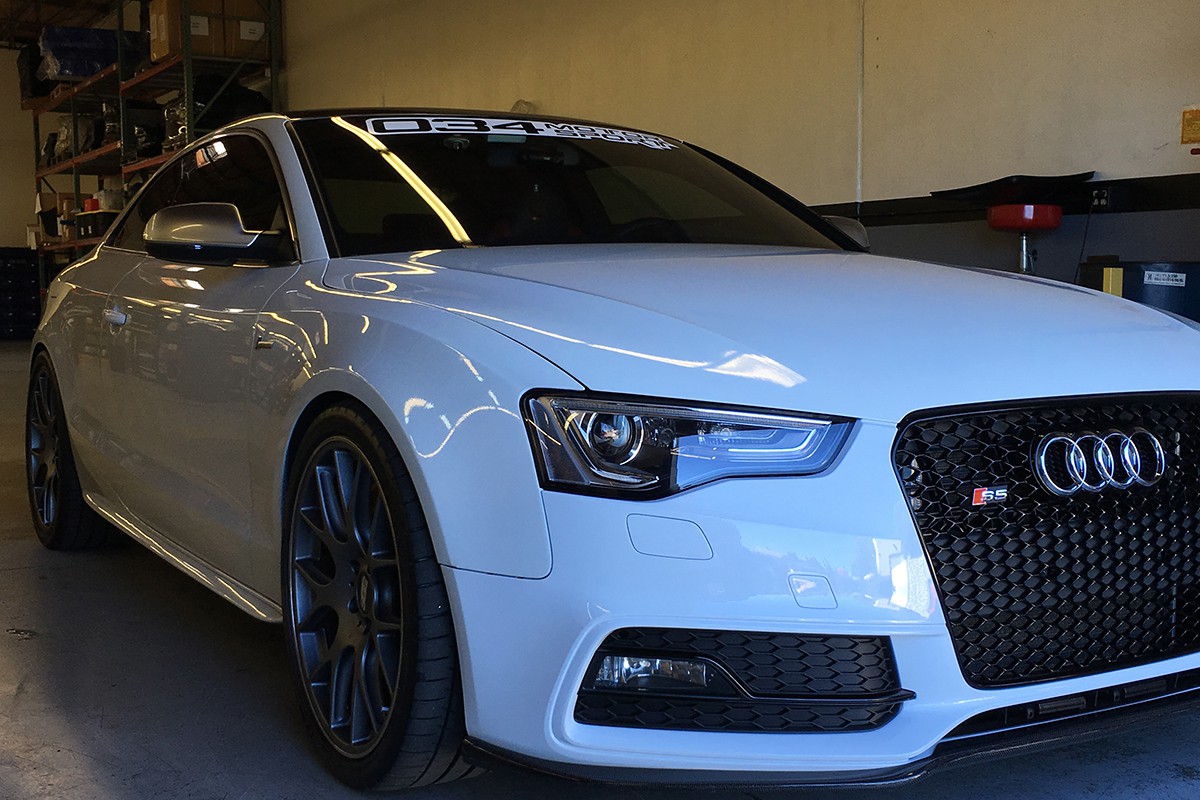Living in the Northwest, we know it rains, a LOT! So keeping that windshield clear and keeping high visibility is often a bit of a chore. Here are some excellent tips from WhichCar.com that will help you keep that windshield clean and clear:
WhichCar.com – Source
There’s plenty of good advice about driving in the rain, but it’s not much use if you can’t see where you’re going. Here are some tips to make sure you can see clearly now the rain has come.
Demisting
Windows love fogging up on cold, humid or rainy days and many people still drive while rubbing the windscreen with their forearm not knowing they can quickly get rid of the condensation at the touch of a button.
The reason your windows fog up is because your warm breath reacts with the cold air on the outside of the glass. Turning your heater on is like breathing even harder, so your windscreen continues to fog up.
When trying to demist your windscreen turn the air-conditioner button on, even on a cold day. Air-conditioning pumps out dry air which in summer takes away water vapour from the air and cools things down. Use it with the heater and you get a dry heat which removes water vapour from the air and quickly stops the reaction that causes fog.
If you have condensation on a warm day there’s no need to have the heat turned up.
Wipers
Windscreen wipers don’t just deteriorate from use, but from sunlight, road grime and hot and cold weather conditions so it pays to replace them every six months, 10,000kms or when they leave streaking across the windscreen or judder and screech.
Windscreen wipers are reasonably easy to change yourself. You can buy them from any auto accessories store but be mindful that there are many different types depending on your car. If you’re not sure, ask the staff for help.
You might be able to just change the wiper blade, or the wiper assembly which includes the blade and the frame that connects it to the car’s wiper arm. If you haven’t replaced your wipers for some time it’s probably best to change the assembly.
To replace the wiper assembly yourself:
- Lift the blade assembly from the windscreen so the assembly is standing outwards from the vehicle.
- In the centre you will notice a hook where the assembly pivots on the arm. Depress the clip on the underside of the hook to release blade assembly. Slide the assembly downwards on arm to remove from the hook.
- Some cars have a tab that will need to be released with a screw driver.
- Insert the attachment onto the new blade or wiper arm.
- Tug on the blade to click it into place.
- Lower the wiper arm back onto the windscreen.
- Make sure the windscreen washer reservoir has sufficient fluid in it so you can test the wipers on a wet windscreen.
To replace the wiper blade refills:
- Lift the blade assembly from the windscreen so the assembly is standing outwards from the vehicle.
- To remove the old blade, squeeze the end with the clip attached together and pull/slide the blade out to remove from the assembly frame. You may need pliers to squeeze the end. Note the rubber blade will be on a plastic or metal base.
- Your new wiper blades may be too long so measure them against the old ones and cut them with a pair of cutting pliers – the staff at the auto accessories shop can do this if you don’t have any tools handy. Alternatively you can cut the excess off after you install them.
- Inserting the new wiper blade is the opposite of taking the old one out. Insert into the wiper assembly claws and lock the metal retaining clip into the end of the end claw.
- Lower the assembly gently back towards the windscreen, ensuring the whole rubber blade is flush on the windscreen and test.
Windscreen wash
Wiper fluid is important in places where its gets really cold as it not only acts as a cleaning agent, but also stops the water from freezing. Of course freezing isn’t a huge problem in most parts of Australia but water in the washer reservoir could breed harmful bacteria such as legionella which could end up in your air vents.
Putting that aside, we do have our fair share of bugs and bird crap hitting our windscreens so it’s good idea to have something in the water help your wipers perform at their best.
Finally, wash your windscreen manually whenever you get fuel so your wipers won’t have to work too hard when you flick them on.




